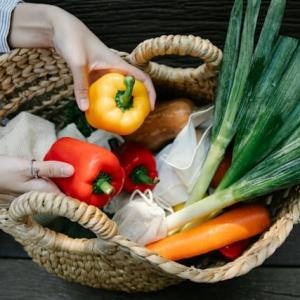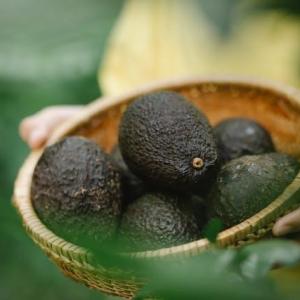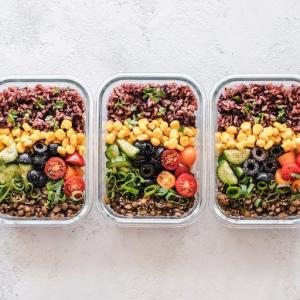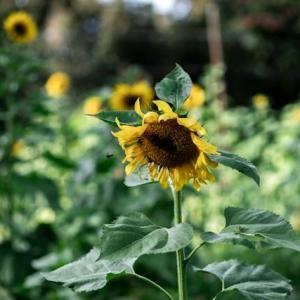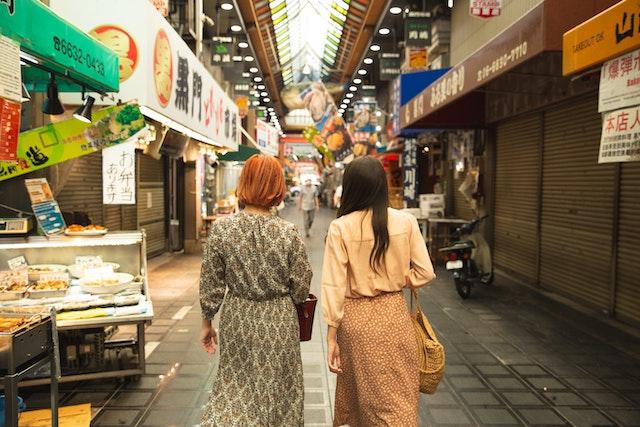
Kaiseki Ryori
Kaiseki ryori developed from the tea ceremony into an extravagant eating style favored among aristocratic circles. Kyoto-style kaiseki ryori (kyo kaiseki) is very sophisticated, emphasizing delicate tastes and locally sourced, seasonal ingredients. The arrangement of courses in a kaiseki dinner is controlled by the cooking style of each dish. Staying at a ryokan that includes a kaiseki supper is one option for guests to experience kaiseki. However, kaiseki dinners may also be eaten at restaurants, especially high-end ryotei, with many of them located in the Pontocho and Gion areas. A excellent kaiseki lunch typically costs roughly 10,000 yen per person, however prices may range from 30,000 yen to 6,000 yen. Some restaurants deviate from tradition by incorporating components of other cuisines.Ryori Shojin
Whereas kaiseki sprang from the aristocratic prosperity, shojin ryori arose from the asceticism of Buddhist monks. Buddhist monks had to live without meat or fish since they were forbidden from taking the lives of other living beings. Shojin ryori, which consists entirely of vegetarian foods, may be both flavorful and satisfying. Those who stay at a temple accommodation will be able to enjoy a dinner as part of their stay.Tofu, a Kyoto speciality, is a popular element in shojin ryori. Tofu preparation is so ubiquitous that it is also known as Tofu Ryori ("tofu cuisine"). Yudofu, soft tofu cooked in broth with veggies, is a popular dish offered in tofu restaurants in Kyoto. A Yudofu dinner normally costs between 1500 and 2000 yen, however the price might vary based on the quality of the restaurant. Tofu cuisine is very popular in the Nanzenji and Arashiyama regions.
Ryori Obanzai
Obanzai Ryori is Kyoto's traditional home-style cuisine. It consists of a number of little meals that are typically relatively easy to make. Seasonal local stuff is best suited for the recipes. Despite the fact that the cooking techniques are typically simple, obanzai meals may be made exceedingly rich by chefs who are skilled at bringing out the inherent tastes of the ingredients.Obanzai ryori restaurants may be found all throughout Kyoto. Many of them offer a casual and welcoming ambiance, which mirrors the home cooking approach. A complete lunch will typically cost between 2000 and 3000 yen, however this might vary based on the amount and kind of items ordered.
Kawayuka/Kawadoko
Outside of downtown Kyoto, Kawayuka, or Kawadoko, is the summer tradition of eating on temporary platforms erected over flowing water. Kawayuka, which was created to combat the summer heat, is a terrific opportunity to explore Kyoto cuisine while enjoying the cooling benefits of the flowing water and vibrant summer ambiance.The most well-known location for kawayuka is along the Kamogawa River in downtown Kyoto, particularly at Pontocho. From May through September, eateries on the river's west bank build temporary wooden decks across the canal. Many restaurants provide kaiseki dinners, although other kinds of food are also available.
Kibune and Takao in the wooded highlands north of downtown Kyoto are other popular spots to attempt kawayuka, which is known as kawadoko here. The platforms at Kibune, in particular, are erected only millimeters above the river and give virtually total respite from the summer heat.
Terrace eating is popular, particularly along the Kamogawa River on weekends and holidays, when prior reservations are required at most river-facing eateries along Pontocho (usually in Japanese by phone).
Article
Be the first comment




